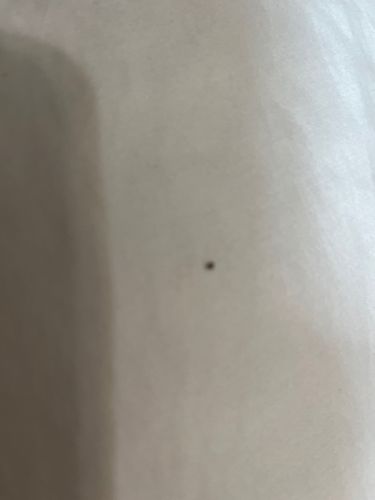Fungus Gnat
Scientific Name: Bradysia spp. (most common genus for nuisance fungus gnats)
Order & Family: Order: Diptera, Family: Sciaridae (often includes Mycetophilidae)
Size: Adults are typically 2-8 mm (0.08-0.3 inches) long.

Natural Habitat
Fungus gnats thrive in moist environments with decaying organic matter, such as potting soil, compost piles, and areas with water leaks or high humidity. They are common indoors around houseplants.
Diet & Feeding
Adult fungus gnats typically do not feed or feed minimally on liquids. Larvae primarily feed on fungi, decaying plant matter, and sometimes the fine root hairs of plants, especially in moist soil conditions.
Behavior Patterns
Fungus gnats are attracted to light and high humidity. Adults are weak fliers and typically found resting on foliage or walls. Larvae are found in the soil, feeding on fungi and organic matter. Their life cycle from egg to adult can be as short as 3-4 weeks depending on conditions.
Risks & Benefits
Risks: While adult fungus gnats are mostly a nuisance, their larvae can damage the roots of seedlings and young plants, leading to wilting, stunted growth, or plant death, especially in greenhouse or indoor environments. They do not bite humans or transmit diseases. Benefits: In natural ecosystems, fungus gnat larvae can contribute to the decomposition of organic matter.
Identified on: 8/13/2025